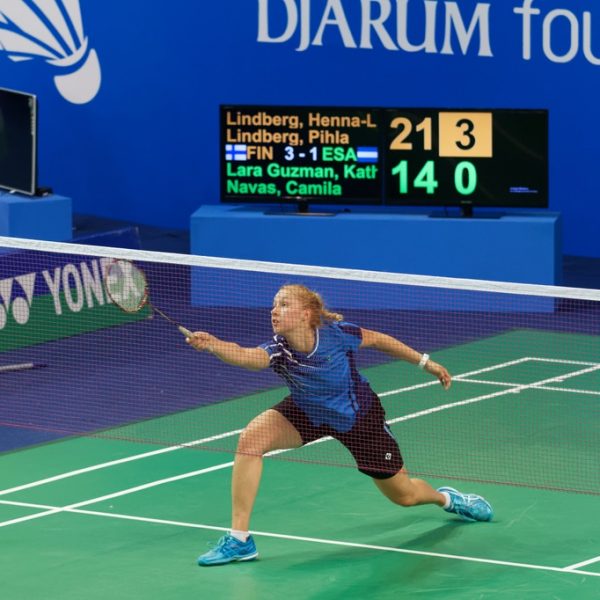Knee and Hip pain
Call us at 020 759 7319 to book a free introductory tour
What is knee pain?
Do you constantly suffer from knee pain? Mild pain in the knees is common with sudden, unnatural movements, such as twisting, or sudden overload of the knees. Fortunately, mild knee pain heals quickly. If knee pain persists and interferes with hobbies or everyday activities, it is advised to seek knee rehabilitation as soon as possible. Knee pain can be caused by various injuries to the knee, the wrong kind of stress in everyday life, or excessive strain. As we age, pain due to knee wear reduces our quality of life.
What are the causes of knee pain?
The most common causes of sudden knee pain are injuries such as lateral collateral ligament injury, meniscus tear, or anterior cruciate ligament injury. Early symptoms are pain and swelling. Other symptoms such as locked knee or knee failure may occur as the swelling subsides. Prolonged knee pain is very often caused by osteoarthritis of the knee. Aging and being overweight can significantly contribute to osteoarthritis. Symptoms of osteoarthritis typically appear as pain caused by excessive strain and swelling. With proper training, it is possible to relieve pain caused by osteoarthritis. Advanced osteoarthritis can significantly impair many everyday activities. Improper loading or excessive repetitive strain, especially in athletes, can cause pain under the patella or, for example, jumper’s knee. Uncommon factors affecting the development of knee joint pain include rheumatic infections and other infections of the knee joint.
How is knee pain treated?
In certain cases of knee pain, a surgical procedure is necessary. After these cases, post-operative rehabilitation plays a significant role in the end result. The basis for the treatment of osteoarthritis is strengthening and moving the muscles around the knee joint. The general guiding principle is that a well-rehabilitated knee can be made painless when training is regular and engaging. As the muscles strengthen, the stress on the knee joint decreases while reducing pain.
Hip pain
What is hip pain?
Do you feel tenderness in the pelvic area when walking, has your walking pace slowed down, and jogging distances become shorter? Is walking up a flight of stairs laborious and exhausting? Do you feel tightness in the pelvic area? Do you wake up at night with a hip ache and sleep only in certain positions? Does your hip wear and tear as you age?
There are several different causes for hip pain. The hip must carry a large part of a person’s weight throughout life. Over time, hip structures can become overloaded and cause hip problems due to constant strain. The pain can be caused by a hip joint, the soft tissues around the hip, or pain spread from the back.
What are the causes of hip pain?
Sudden hip pain is usually caused by an injury, such as a fall. A fall presents a high risk of fracture of the femoral neck in older clients. The pain caused by the injury should be determined immediately, especially if it is not possible to reserve weight on the injured side of the foot. Inflammation of the mucous sac located in the cornea of the femur, also known as bursitis, or inflammation of the attachment points of the muscles, are the most common causes of pain in the hip area. Pain in the buttock area can also be the result of muscle tension, inflammation of muscle attachment sites, or bursitis.
As we age, progressive hip pain is very often caused by hip osteoarthritis. In osteoarthritis, pain is usually felt below the groin near the quadriceps. Osteoarthritis can cause a gradual increase in pain while walking and restrict joint movement. Pain during the nighttime is also common. Radiating pain caused by diseases of the spine, such as a herniated disc or spinal stenosis, can be felt in the hip area, specifically in the buttock area.
How is hip pain treated?
Once the cause of the hip pain has been determined, exercise, weight management, stress relief, medication, or in some cases, joint replacement surgery may be recommended for the treatment of hip pain. However, physiotherapy is commonly used to treat hip pain. At the Nordic Health Center, an individual rehabilitation program is tailored to you based on your diagnosis and initial measurements.
 English
English 

